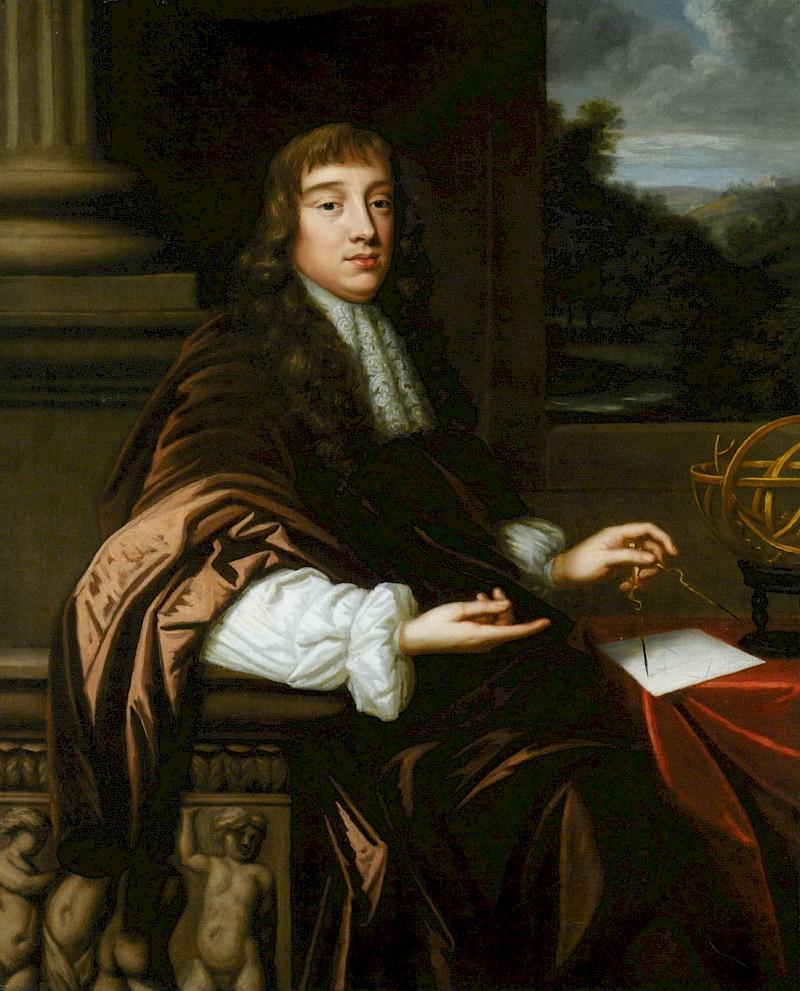Has an A&M biologist found ‘one of the Holy Grails of science history?’

As far as careers go, 17th century scientist Robert Hooke enjoyed a pretty successful one. He discovered and named the cell, was the first to describe elasticity (Hooke’s law) and was a renowned inventor and architect.
However, despite being described as perhaps the single greatest experimentalist of his time, Hooke remains one of scientific history’s biggest enigmas, illustrated by the fact that no official illustration of him exists.
Although Hooke was a founding member of the Royal Society of London, his portrait doesn’t grace its hallowed halls as do the likenesses of many of his contemporaries, including Sir Isaac Newton. It’s a 300-year-old slight that has left contemporary scientists, historians and die-hard fans alike scratching their heads, wondering what the once-revered polymath looked like.
A Texas A&M University professor now thinks he might have the answer, along with a plausible explanation for the ungracious omission.
Lawrence Griffing, an associate professor in the Texas A&M Department of Biology, believes that an unidentified gentleman in a circa-1680s painting by one of England’s first successful female artists, Mary Beale, could actually be a long-sought portrait of Hooke. A paper detailing Griffing’s findings appears in the September edition of the Journal of Microscopy.
“Robert Hooke was very, very busy in his day and one of the first practical scientists,” Griffing said. “One of the Holy Grails of science history is to find the portrait of him. I’ve been looking, and I think I might’ve found it.”
Griffing notes the striking physical similarities between the subject of Beale’s artwork, titled “Portrait of a Mathematician,” and those of Hooke as documented by his peers. The man in Beale’s painting sits with a somewhat bent posture and is characterized with fair skin, wavy brown hair and angular facial features. Similarly, a description by English naturalist Richard Waller in 1705 depicts Hooke as “pale and lean” with a “sharp” look and “very long” hair of a dark brown color. He also refers to Hooke’s crooked spine, saying that it was “straight until about the age of 16 upon working with a turn-lathe…”
Beale’s painting offers other telling clues. Griffing points out that the landscape over the subject’s left shoulder is consistent with a view from the river of Lowther Castle and its church, the Church of St. Michael, which Hooke redesigned for renovation in 1685-86.
Finally, the subject is drawing a diagram that Griffing believes could be a rendering of an unfinished, unpublished manuscript of Hooke’s now housed at Wren Library in Cambridge which mathematically demonstrates that if there is a constant central force then the motion of an object orbiting that force forms an ellipse (e.g., planets orbiting the sun). This reference to elliptical orbits, Griffing says, may have drawn the ire of Newton, Hooke’s longtime rival and eventual Royal Society president.
Beale’s painting, which depicts the subject illustrating the elliptical orbit of a planet in response to gravity, was finished before the publication of Newton’s Principia Mathematica in 1687 in which he introduces and establishes the same concept. Hooke and Newton clashed bitterly for many years over who contributed most to the discovery of orbital ellipses. Griffing says anything challenging Newton’s preeminence on the topic, especially a portrait of Hooke, would have riled the notoriously hot-tempered scientist.
“A big source of contention between Hooke and Newton was who could mathematically show that the orbit of a planet around the sun was elliptical,” Griffing said. “Newton, president of the Royal Society at the time, would likely have recognized the reference to elliptical orbits in the portrait and taken offense.”

